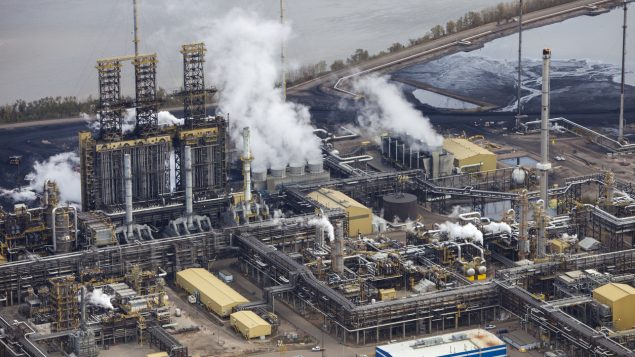A new report shows that human-caused emissions of the powerful greenhouse gas methane can be reduced by up to 45 per cent this decade and that would avoid almost 0.3°C of global warming by 2045. This would be in keeping with goals set out in the Paris Climate Agreement of limiting a global rise in temperature to 1.5 °C compared to pre-industrial levels to avoid catastrophic climate change. The Global Methane Assessment was released by the Climate and Clean Air Coalition (CCAC) and the United Nations Environment Programme (UNEP).
‘The strongest lever we have’
Cutting methane is the strongest lever we have to slow climate change over the next 25 years and complements necessary efforts to reduce carbon dioxide,” said Inger Andersen, Executive Director of the UNEP. “The benefits to society, economies, and the environment are numerous and far outweigh the cost. We need international cooperation to urgently reduce methane emissions as much as possible this decade.”

The report says improving how farm animals
fed and humans eating less meat could reduce methane emission by up to 88 million tons a year. (iStock)
Cutting methane could rapidly reduce warming, says report
While emissions of carbon dioxide have dropped during the pandemic, methane in the atmosphere spiked to record levels, according to the US National Oceanic and Atmospheric Administration. Methane is an extremely powerful greenhouse gas, responsible for about one third of warming since pre-industrial times, according to the report. But methane breaks down quickly so the report concludes that cutting methane emissions can rapidly reduce the rate of warming in the near-term.
Most human-caused methane emissions come from fossil fuels, waste and agriculture. When it comes to fossil fuels, oil and gas activity accounts for 23 per cent and coal mining accounts for 12 per cent. In the waste sector, landfills and wastewater account for about 20 per cent. And in agriculture, livestock emissions from manure and digestion make up about 32 per cent and rice cultivation, eight per cent of emissions.
Some reductions cost little, save money
The report says about 50 per cent of measures to reduce these are low cost, and half of those could save companies money. The greatest potential for saving money is said to be in the oil and gas industry where companies prevent leaks and capture methane.
The oil and gas sector is the largest industrial polluter of methane emissions in Canada, says the Canadian government. It introduced national methane regulations in 2018. They are said to provide the oil and gas industry with “compliance options and opportunities to innovate.” The regulations are projected to reduce 20 million tonnes of methane in 2030. That would be the equivalent of taking five million passenger vehicles off the road each year, says the government.







For reasons beyond our control, and for an undetermined period of time, our comment section is now closed. However, our social networks remain open to your contributions.